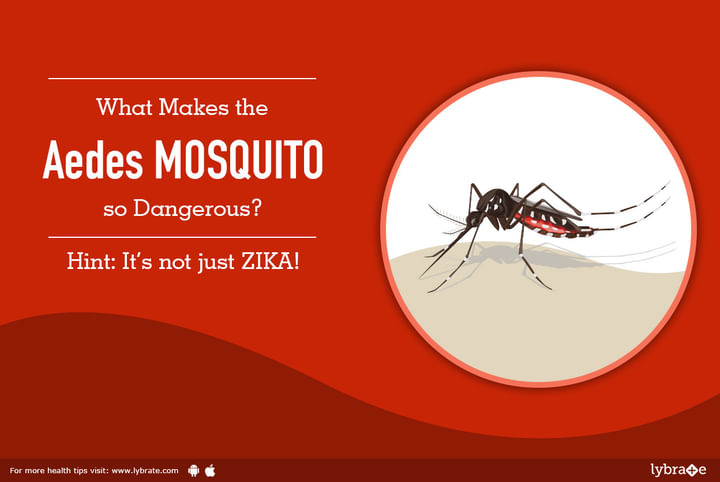What Makes the Aedes MOSQUITO so Dangerous? Hint: It's not just ZIKA!
What Makes the Aedes MOSQUITO so Dangerous?
There are about 3500 mosquito species in the world. Of them, the Aedes genus is responsible for the spread of the most deadliest diseases like Yellow Fever, Chikungunya, Dengue and now Zika Virus. The mosquito is easily recognized by the unique black and white lines on its body.
Here are certain reasons that make this genus of mosquito a threat to humans.
1. A preference for human flesh
It is the dietary preferences of some of the mosquitoes that make them very dangerous. While some species prefer livestock, amphibians, reptiles or birds, the Aedes aegypti prefer human flesh. Due to its affinity for feeding on humans, this species of mosquito is especially dangerous for people. Generally, it is only the female mosquitoes that drink blood; the male mosquitoes, on the other hand, live on water and nectar.
2. Can adapt to any environment
Another reason that makes them very dangerous is that they can adapt to any situation, making them a real menace. The preferred breeding areas for these mosquitoes are places where water stagnates like flower pots, buckets, tin cans etc. But they also breed closer to home as well in areas like wet shower floors or toilet tanks. For laying their eggs they require less than an inch of water and about 1 ½ week time to mature into adults.
In addition to breeding in shaded areas and outdoors, they also breed indoors. Moreover, the indoor environment being less prone to climatic changes, the mosquitoes tend to live longer. Since the bite of an infected Aedes mosquito leads to the spread of diseases, it is important to stop its spread or propagation.
3. Feeds throughout the day and all year long
Although these mosquitoes are known to most generally feed at day break and before nightfall, they can feed at any time of the day as well as spread infection throughout the year.
Once the virus gets inside the mosquito, it infects its mid-gut and consequently travels to its salivary glands over a time span of 8-12 days. Research reveals that most female mosquitoes spend their life span within the houses, and usually fly about 400 meters within the area.
'Consult'.



+1.svg)
